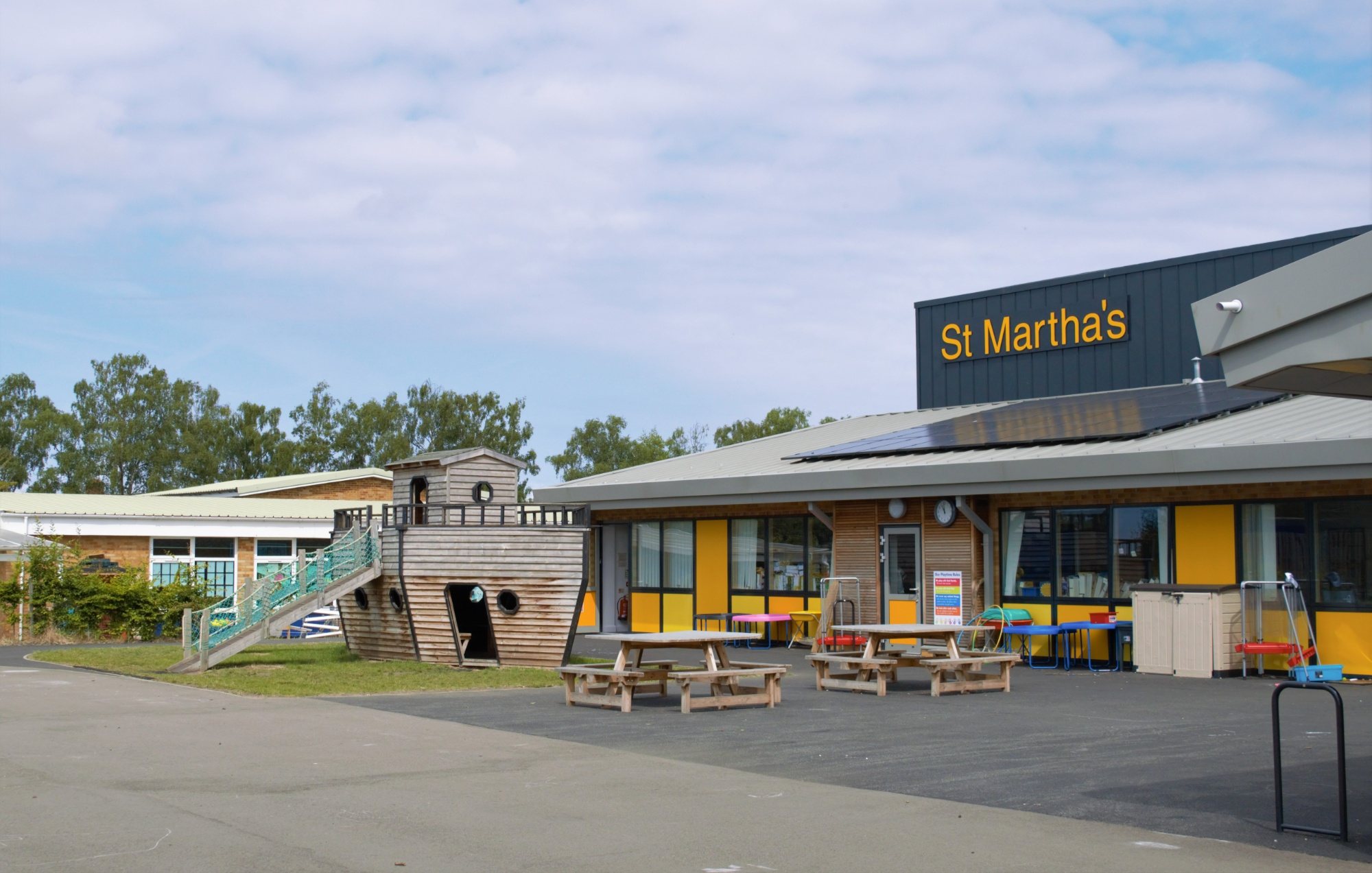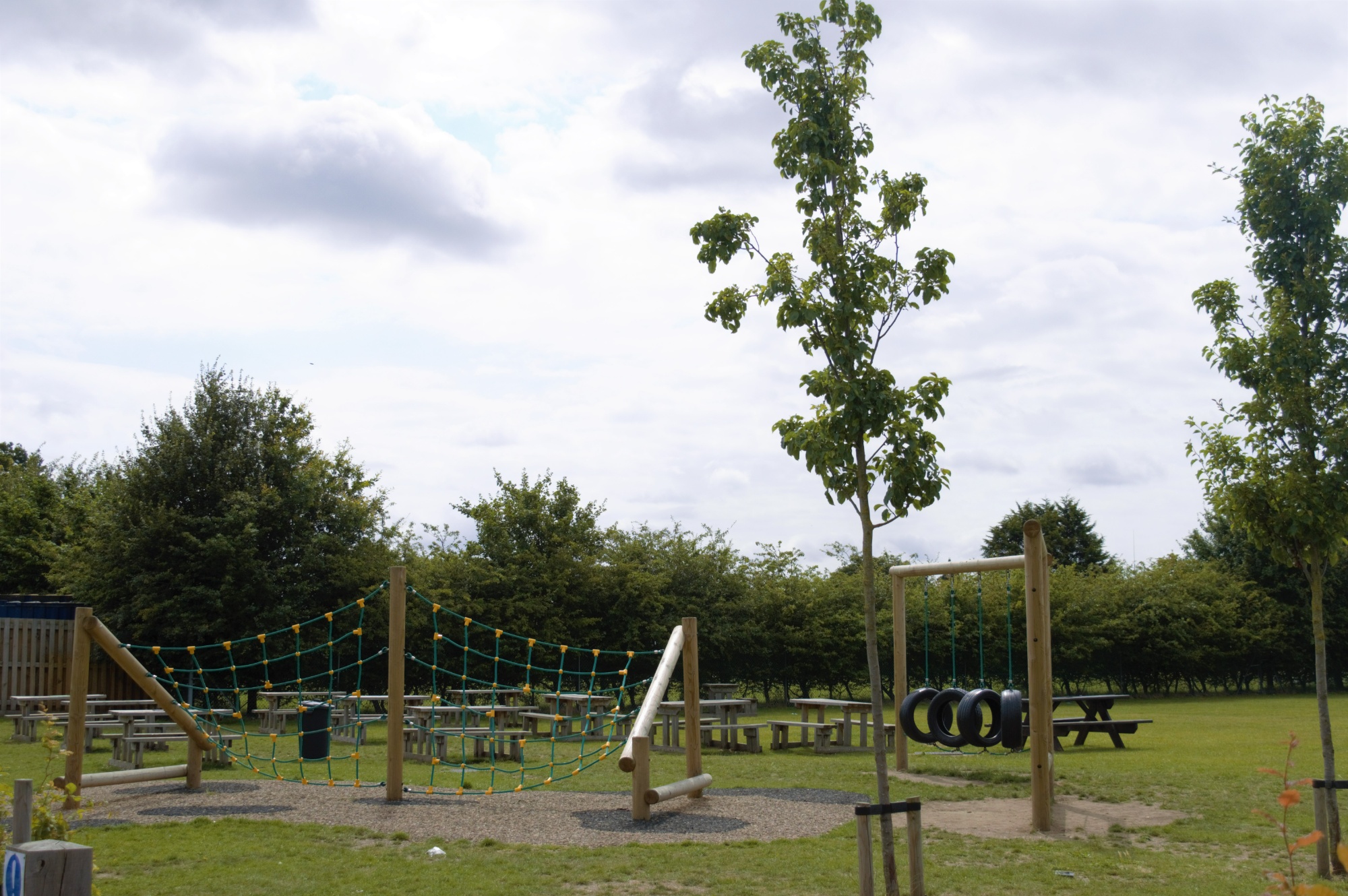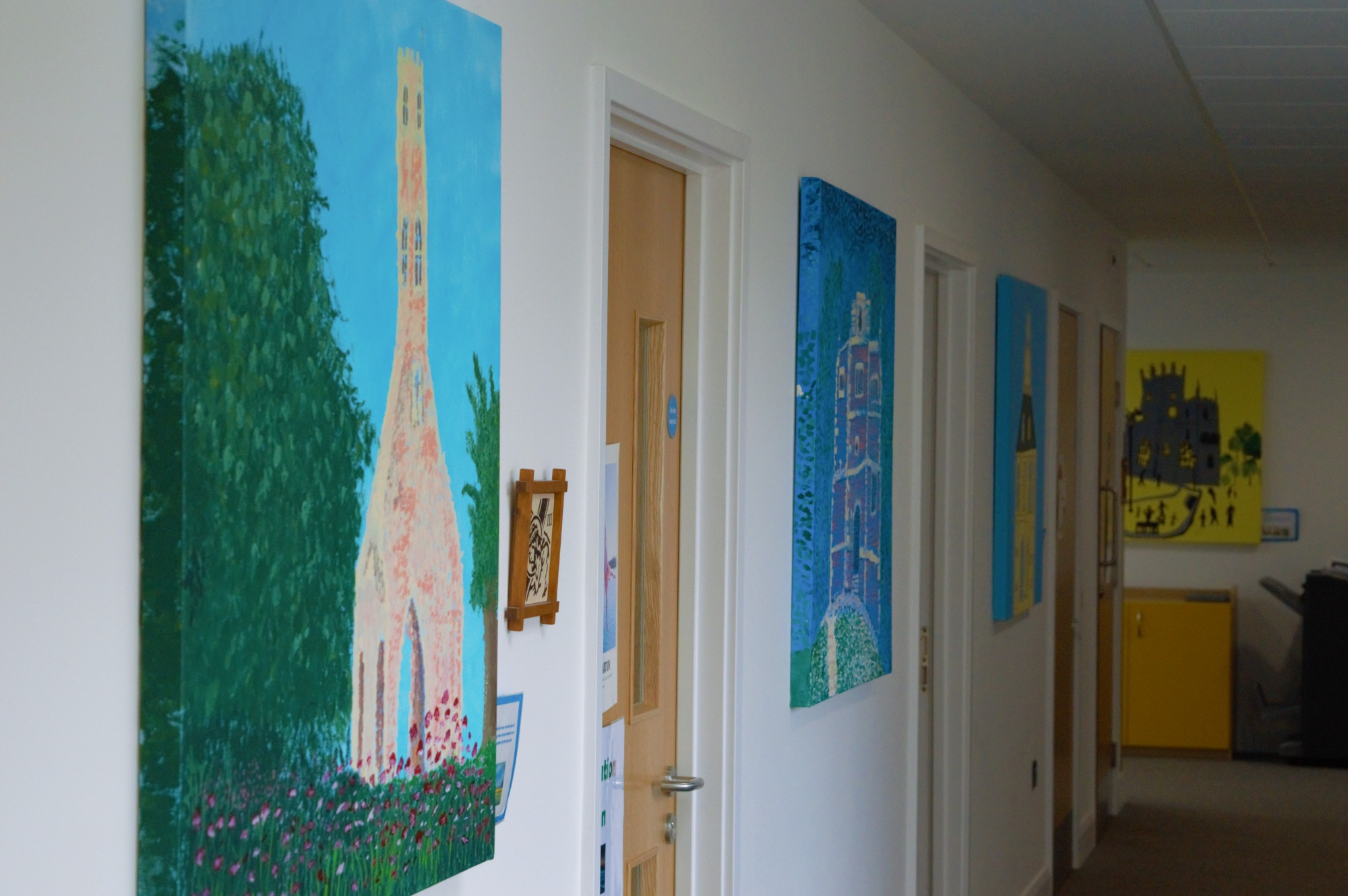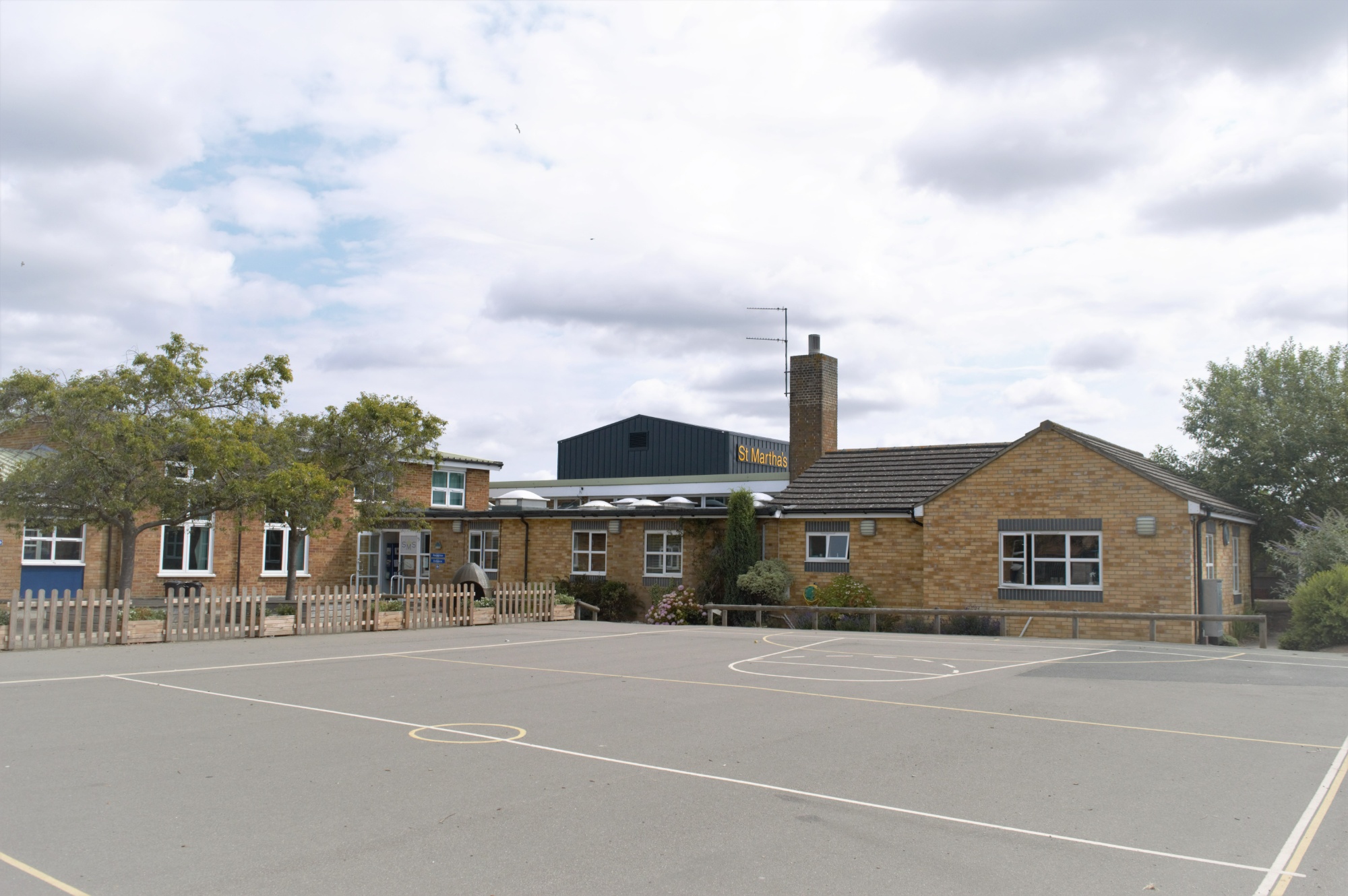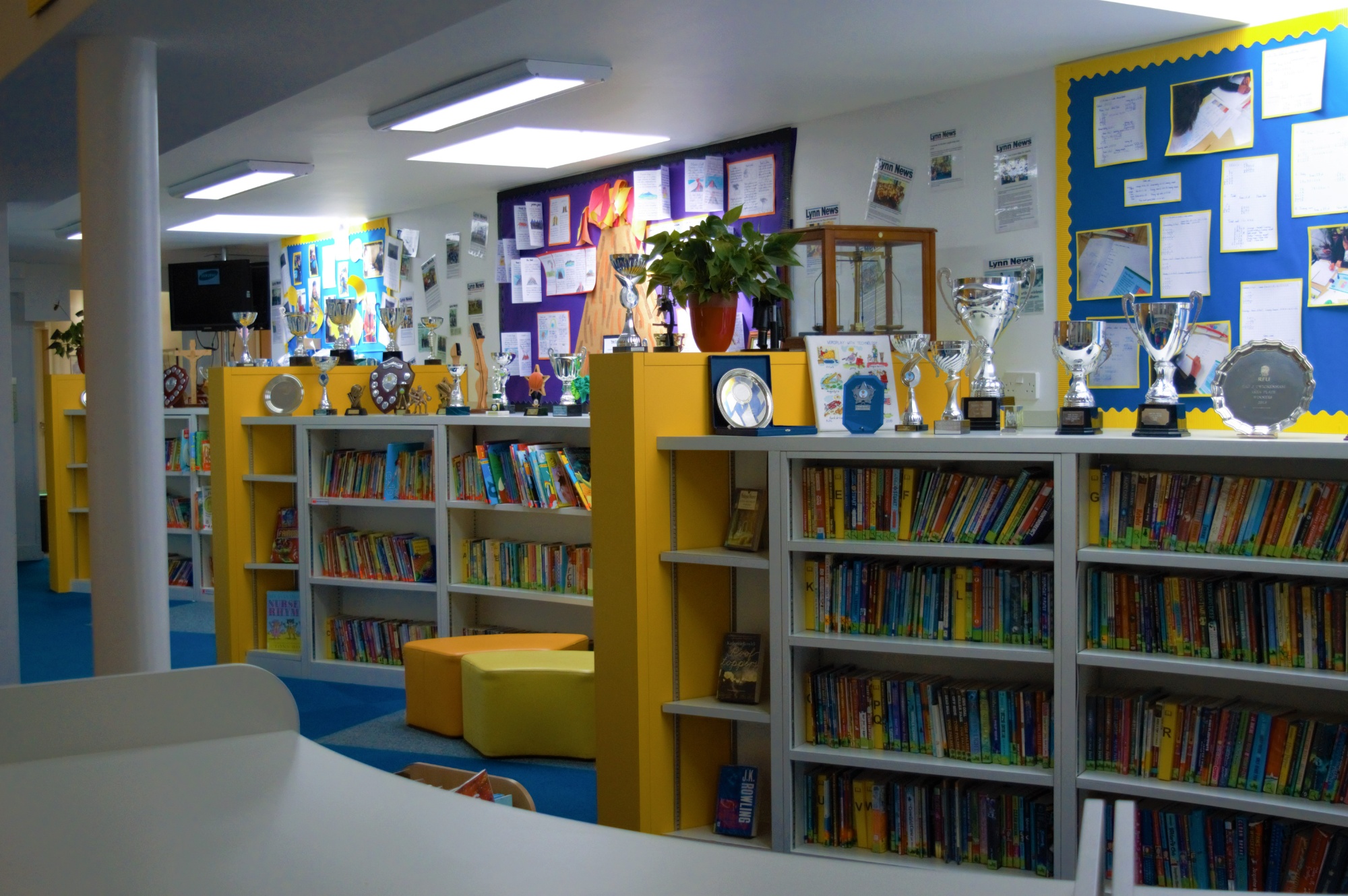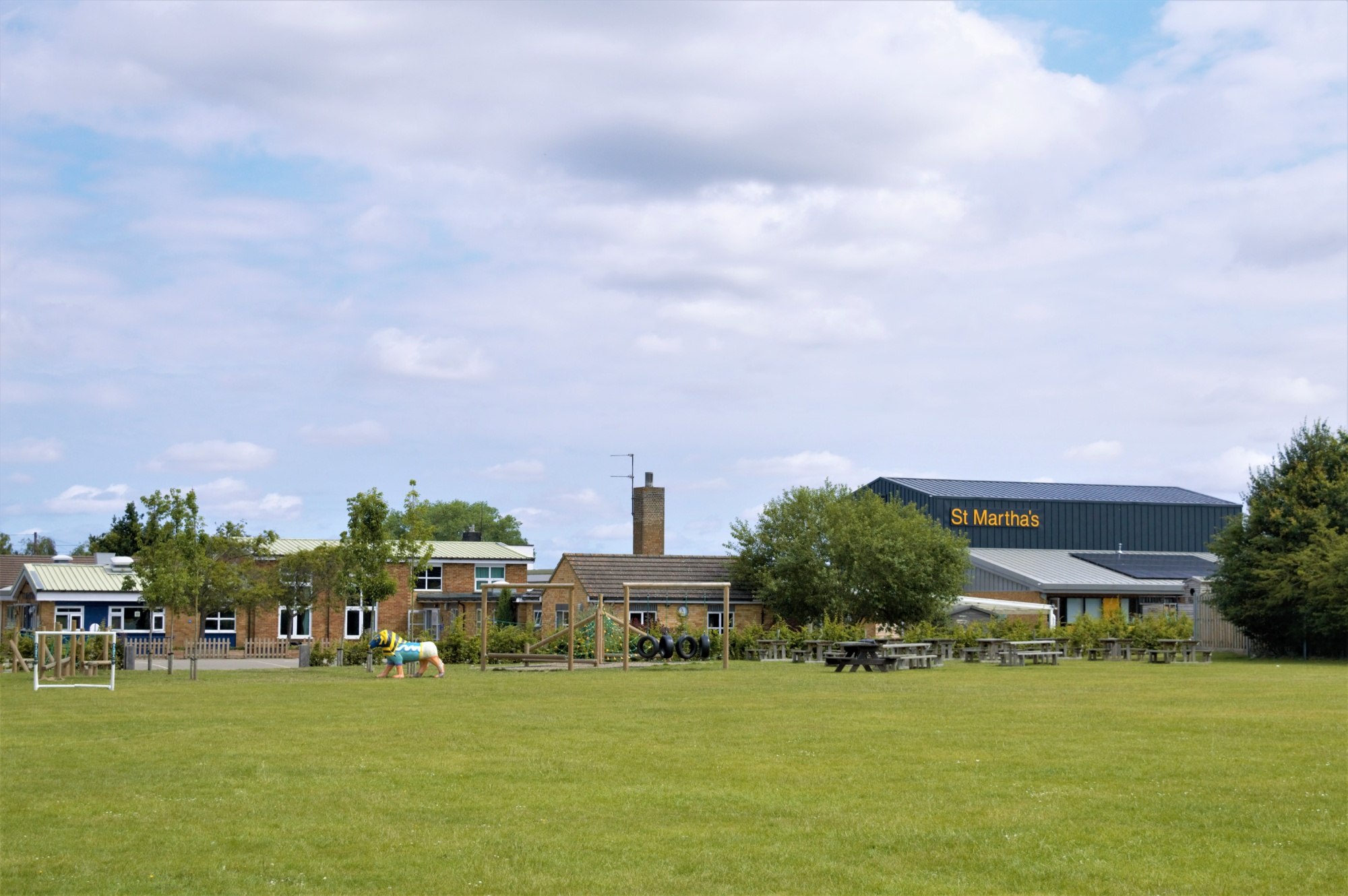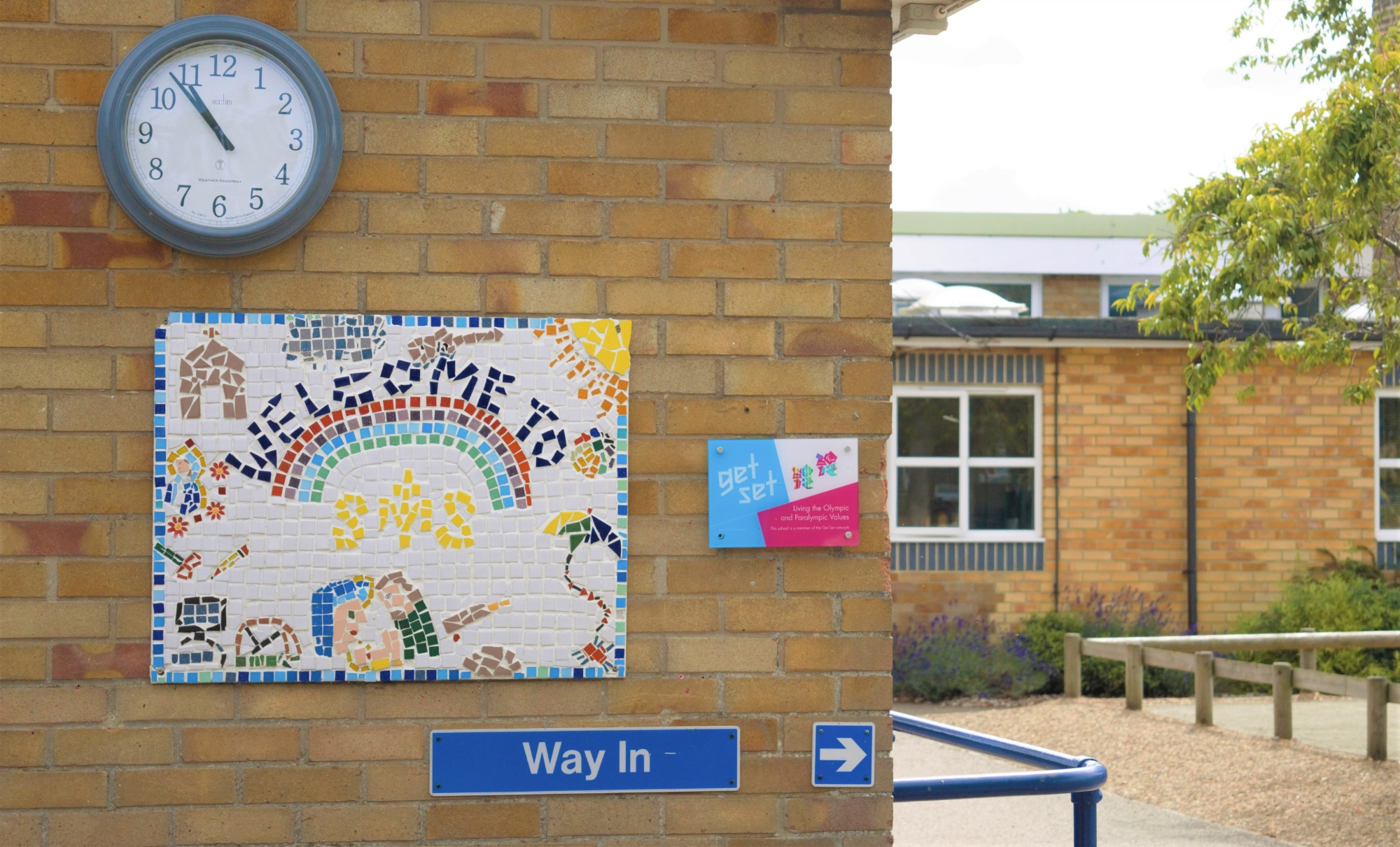SEND
Special Educational Needs Definition
The Special Educational Needs Code of Practice published by the Department for Education states that:
Children have special educational needs if they have a learning difficulty which calls for special educational needs provision to be made for them.
Children have a learning difficulty if they:
- have a significantly greater difficulty in learning than the majority of children of the same age; or
- have a disability which prevents or hinders them from making use of educational facilities of a kind generally provided for children of the same age in schools within the area of the local education authority
- are under compulsory school age and fall within the definition at (a) or (b) above or would so do if special educational provision was not made for them.
Children must not be considered as having a learning difficulty solely because the language or form of language of their home is different from the language in which they will be taught.
Special educational needs provision means:
- for children of two or over, educational provision which is additional to, or otherwise different from, the educational provision made generally for children of their age in schools maintained by the LEA, other than the special schools in the area
- for children under two, educational provision of any kind.
Definition of inclusion from Norfolk Schools website.
“Inclusion is the process of taking necessary steps to ensure that every young person is given an equality of opportunity to develop socially, to learn and to enjoy community life.”

